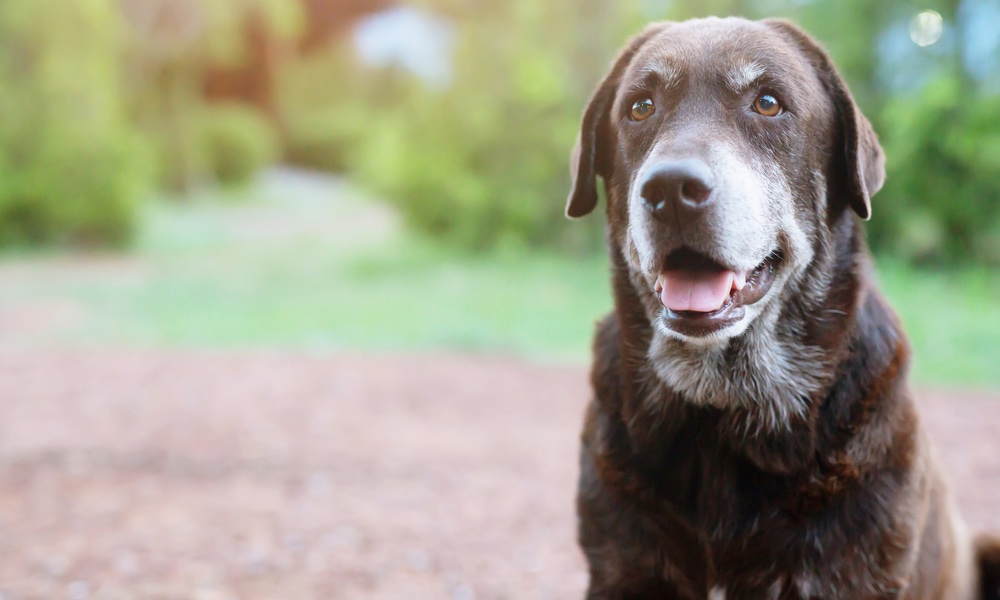Most dog owners want to offer their pets the very best diet to help them live a long and healthy life. In recent years, this intention has meant many owners are now feeding their four-legged friends raw dog food, seeing it as more in line with the way dogs eat in the wild.
But raw food can be dangerous. Studies have shown that nearly 20 percent of raw food samples test positive for harmful bacteria, including Salmonella and Listeria.
Because it boosts exposure to drug resistant bacteria — which makes the antibiotics that we need and use to fight infections ineffective — a raw pet diet is an “international public health risk,” according to a paper presented by Portuguese researchers from the University of Porto at the recent European Congress of Clinical Microbiology & Infectious Diseases.
Researchers analyzed 55 samples of dog food that came from either grocery or pet shops in Portugal. The samples included 25 international and national brands and were separated into wet, dry, semi-wet, treats and raw-frozen varieties. Those that were raw-frozen included duck, salmon, poultry, lamb, goose, beef and veggies.The team found that 54 percent of the raw foods contained traces of Enterococci.
The bacteria found in pet foods are not only dangerous for dogs who eat the food, but for the humans who handle it. Raw diets appear to pose the greatest risk.
The team found that 54 percent of the raw foods contained traces of Enterococci, a type of bacterium that’s also found in human’s intestines and the vaginal tract, as well as in soil and water. It can also spread from person-to-person (usually through contaminated hands) or via contaminated surfaces.
According to the paper, the “diversity and rate” of Enterococci exposure was “unexpectedly high” in the raw dog food samples.
The big problem is that Enterococci is becoming increasingly resistant to common antibiotics such as erythromycin and tetracycline, medications doctors frequently prescribe for common infections.
So, what can dog owners do about this dilemma? If you have had your pet on a raw diet, stop feeding your pets raw meat. According to the ASPCA, your pup can safely enjoy:
- Meats: Small amounts of lean cooked chicken, turkey, beef or pork that are free of bones and seasoning. It’s best to avoid processed meats like lunch meat or bacon since they’re usually high in salt.
- Veggies: Bite-sized pieces of carrots, celery, broccoli, green beans, cauliflower or cooked (canned) pumpkin are all good snack options.
- Fruit: Apples, bananas, cucumbers, pineapple, cantaloupe, blueberries, strawberries and kiwi are all okay. Hard fruits like apples and cukes should be cut into smaller pieces and be sure to remove seeds, cores, stems and peels.
- Popcorn: This is a favorite for many pets, just be sure you don’t add salt or butter to the air-popped popcorn.
- Peanut butter: Many pets love peanut butter. Using it in small amounts as an ingredient in a pet-friendly recipe or as a way to hide medication are some common ways it may be given. But be sure to check peanut butter ingredient labels: A few peanut butter brands contain xylitol, a sugar substitute that can be lethal to dogs.
- Cheese: A small cube is a great snack and a good way to disguise a pill. Make sure to only offer a small piece sparingly, as too much can lead to digestive upset.
If you still have questions about the best diet for your dog, speak with your veterinarian.
The study on which this presentation was based is published in the International Journal of Food Microbiology.





